
Ceylon Tea: Nuwara Eliya Tea Region
Nuwara Eliya Tea: Nestled amidst the majestic peaks of Sri Lanka’s Central Highlands, Nuwara Eliya reigns supreme as the island’s most elevated and celebrated tea-growing region. Often referred to as […]
 play_arrow
play_arrow
The Ultimate Guide to Tea Brewing Mr. Tea Talk
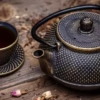 play_arrow
play_arrow
A Comprehensive Review of 3 Must-Have Tea Products on Amazon Mr. Tea Talk
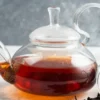 play_arrow
play_arrow
The Ultimate Guide to the Best Tea Essentials on Amazon: Kettles and Teapots You’ll Love Mr. Tea Talk
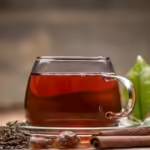 play_arrow
play_arrow
The Best Teapots for Tea Lovers: Silver vs. Borosilicate Glass Mr. Tea Talk

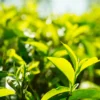 play_arrow
play_arrow
Ceylon Tea: Uva Region Mr. Tea Talk
Nestled in the heart of Sri Lanka, the Uva region stands as a testament to the unparalleled beauty and diversity that defines the island’s renowned tea industry. Renowned worldwide for its distinctive character and exquisite flavor profiles, Ceylon Tea from the Uva region holds a special place among tea connoisseurs and enthusiasts alike. This introduction explores the rich heritage, unique terroir, and exceptional teas that make the Uva region a celebrated cornerstone of Ceylon Tea production.
Unlike the misty heights of Dimbula, the Uva region boasts a warmer and drier climate. Characterized by rolling hills bathed in sunshine and a lower average elevation (ranging from 3,000 to 4,000 feet above sea level), Uva presents a unique terroir that significantly shapes the character of its tea.
Warm Temperatures: The warmer temperatures in Uva accelerate the growth of tea plants compared to higher-elevation regions. This faster growth results in larger tea leaves with a higher concentration of caffeine, contributing to the tea’s robust and invigorating character.
Sunshine Exposure: The abundant sunshine in Uva allows for a higher level of photosynthesis in the tea bushes. This process leads to the production of more polyphenols, the beneficial compounds that contribute to the tea’s astringency and distinct malty flavor.
Lower Rainfall: While Uva receives a healthy amount of rainfall, it experiences less precipitation compared to higher-elevation regions. This allows for a more controlled growth pattern and contributes to the development of the tea’s full-bodied character.

The production of Uva tea follows a meticulous process, passed down through generations of skilled tea makers. Here’s a glimpse into the key stages involved:
Plucking: Similar to Dimbula, tea puckers harvest only the two youngest leaves and a bud from each bush. This ensures the highest quality and the presence of the most flavorful components of the plant.
Withering: The leaves undergo a withering process to reduce moisture content, making them more pliable for rolling and initiating the enzymatic processes that contribute to flavor development.
Rolling: The withered leaves are then rolled, rupturing the cell walls and releasing essential oils that contribute to the tea’s aroma and taste. Uva teas typically undergo a more vigorous rolling process compared to other regions, further contributing to their robust character.
Oxidation: Following rolling, the leaves are exposed to warm, humid air, allowing for a full oxidation process. This extended oxidation is what gives Uva tea its characteristic dark color and robust flavor profile.
Firing: Finally, the oxidized leaves are subjected to a high temperature drying process known as firing. This process halts oxidation, dries the leaves further, and develops the final flavor profile and aroma of the tea.
To unlock the full potential of a Uva tea, the brewing process needs to be carefully considered. Here are some key aspects to consider:
Water: As with other black teas, opt for fresh, filtered water for optimal results. Avoid using overly mineralized water, as it can affect the taste of the tea.
Water Temperature: Uva tea can handle boiling water (around 205°F or 96°C). The higher temperature helps to extract the full flavor profile of the tea.
Tea Leaves: Use a teaspoon (2-3 grams) of loose Uva tea leaves per cup of water. Adjust the quantity based on your desired strength.
Steeping Time: The ideal steeping time for Uva tea is typically between 3-5 minutes. Over-steeping can lead to bitterness.
Uva tea’s robust and invigorating character makes it a perfect choice for a morning pick-me-up. Its full-bodied nature can help to jumpstart your day and provide a sustained energy boost. However, Uva tea’s versatility extends beyond mornings.
Afternoon Tea Break: Enjoy a cup of Uva tea alongside a slice of fruitcake or a plate of savory biscuits for a delightful afternoon tea break.
A Satisfying After-Dinner Drink: Uva tea’s strong character can help to cleanse the palate after a rich meal.

Breakfast: A strong cup of Uva tea complements a hearty breakfast of bacon and eggs or a plate of sausages and baked beans.
Spicy Cuisine: The robust nature of Uva tea can stand up to the heat of spicy dishes. Enjoy it alongside Indian curries, Thai green curry, or a plate of Szechuan dumplings.
Grilled Meats: The malty notes in Uva tea pair beautifully with the savory flavors of grilled meats like steak, burgers, or lamb chops.
Chocolate: The chocolatey undertones of Uva tea make it a perfect companion for dark chocolate desserts. It can also be enjoyed with a slice of chocolate cake or a decadent brownie.
Cheeses: Uva tea’s strong character complements aged cheeses like cheddar or Gouda. The tea helps to cut through the richness of the cheese and cleanse the palate between bites.
Uva tea, like all Ceylon teas, plays a significant role in Sri Lankan culture. The rolling hills of the Uva region, carpeted with vibrant tea bushes, are a picturesque testament to the island’s rich tea heritage. Tea plantations in Uva also provide significant employment opportunities for local communities, contributing to the region’s social and economic fabric.
Sri Lankan tea producers, including those in the Uva region, are increasingly focusing on sustainable practices. These efforts encompass water conservation techniques, organic and biodynamic farming methods, and a reduction in reliance on chemical fertilizers and pesticides. These practices ensure the long-term viability of the tea industry while protecting the delicate ecosystem of the Uva region.
For those who appreciate a robust and full-bodied cup of tea, Uva is a revelation. Its distinct terroir, meticulous production process, and captivating flavor profile have secured its place as a champion of Sri Lankan black teas. Whether enjoyed as a morning pick-me-up, an afternoon indulgence, or a satisfying after-dinner drink, Uva tea offers a unique sensory experience that lingers long after the last sip. So, the next time you seek a truly bold cup of tea, embark on a journey to Uva and discover the robust charm of this celebrated Sri Lankan treasure.
The world of tea offers a spectrum of flavors and experiences, and Uva tea stands out as a beacon for those who crave a bold and invigorating cup. From its sun-drenched terroir to its meticulous processing techniques and robust character, Uva tea embodies the essence of Sri Lankan black tea excellence. As the world continues to explore the intricacies of fine teas, Uva remains a testament to tradition, innovation, and the expertise of generations of tea makers. So, embrace the boldness of Uva tea, let its rich flavor notes tantalize your taste buds, and experience the magic of a tea steeped in sunshine and tradition.
Tagged as: Uva Tea.

Nuwara Eliya Tea: Nestled amidst the majestic peaks of Sri Lanka’s Central Highlands, Nuwara Eliya reigns supreme as the island’s most elevated and celebrated tea-growing region. Often referred to as […]
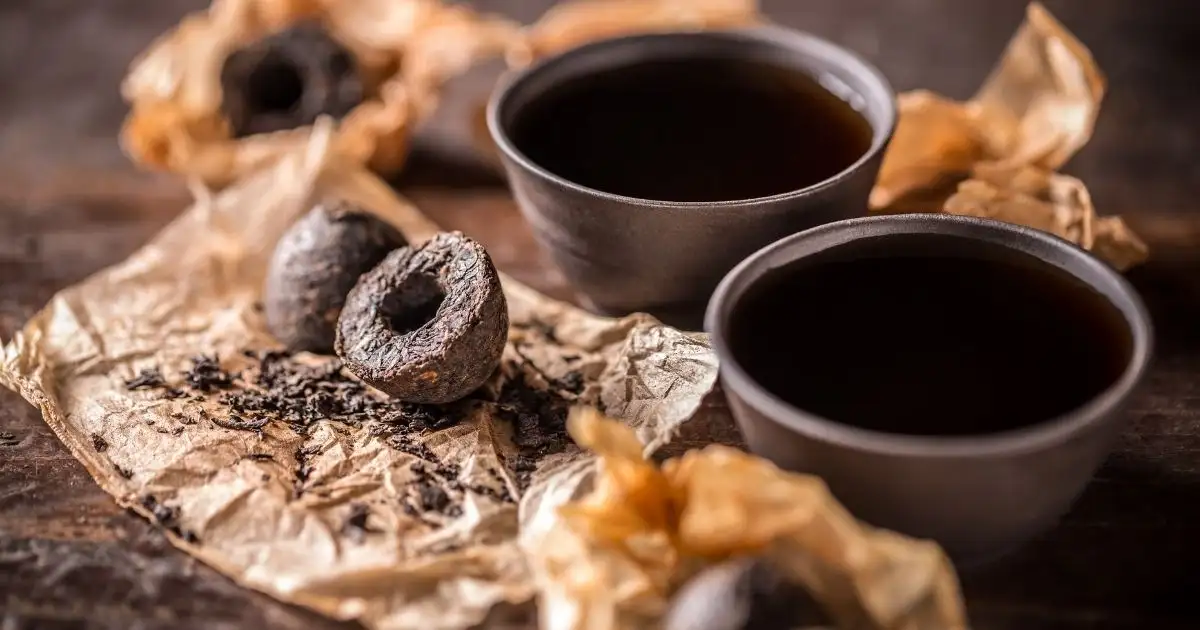
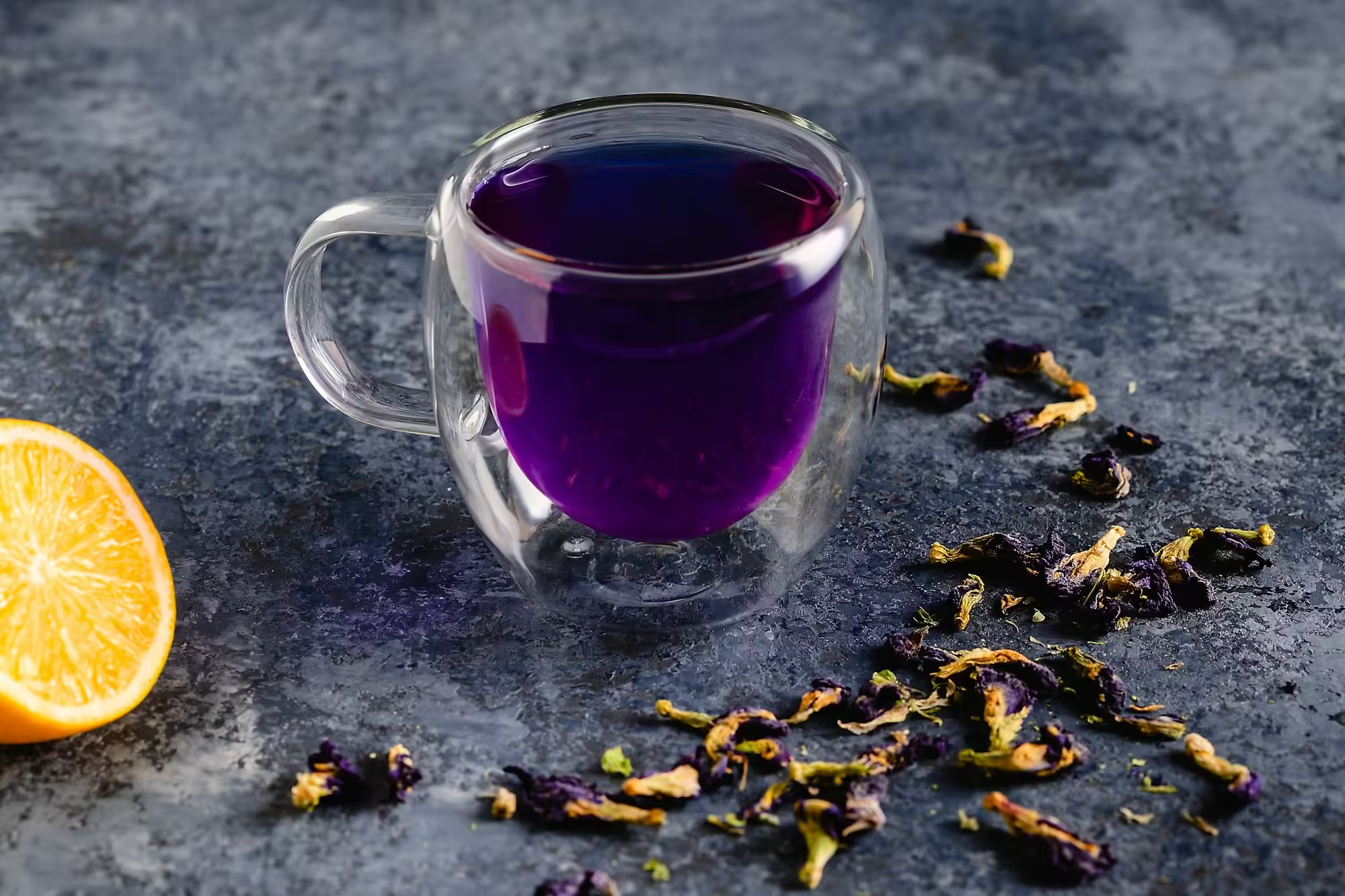
Copyright | Ceylon Wild Tea - All Rights Reserved | 2025
Post comments
This post currently has no comments.